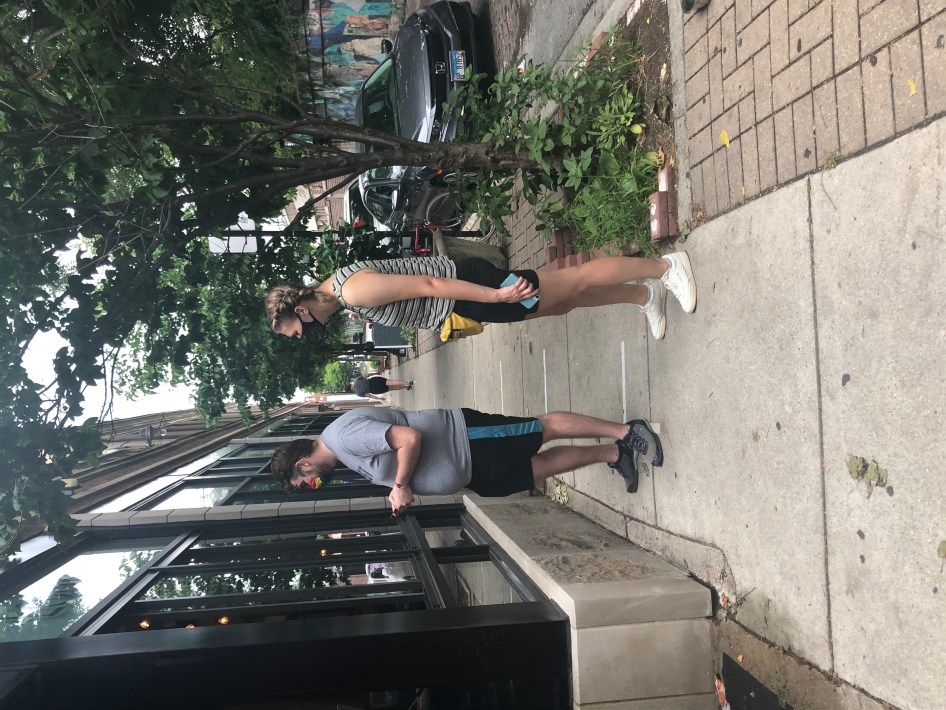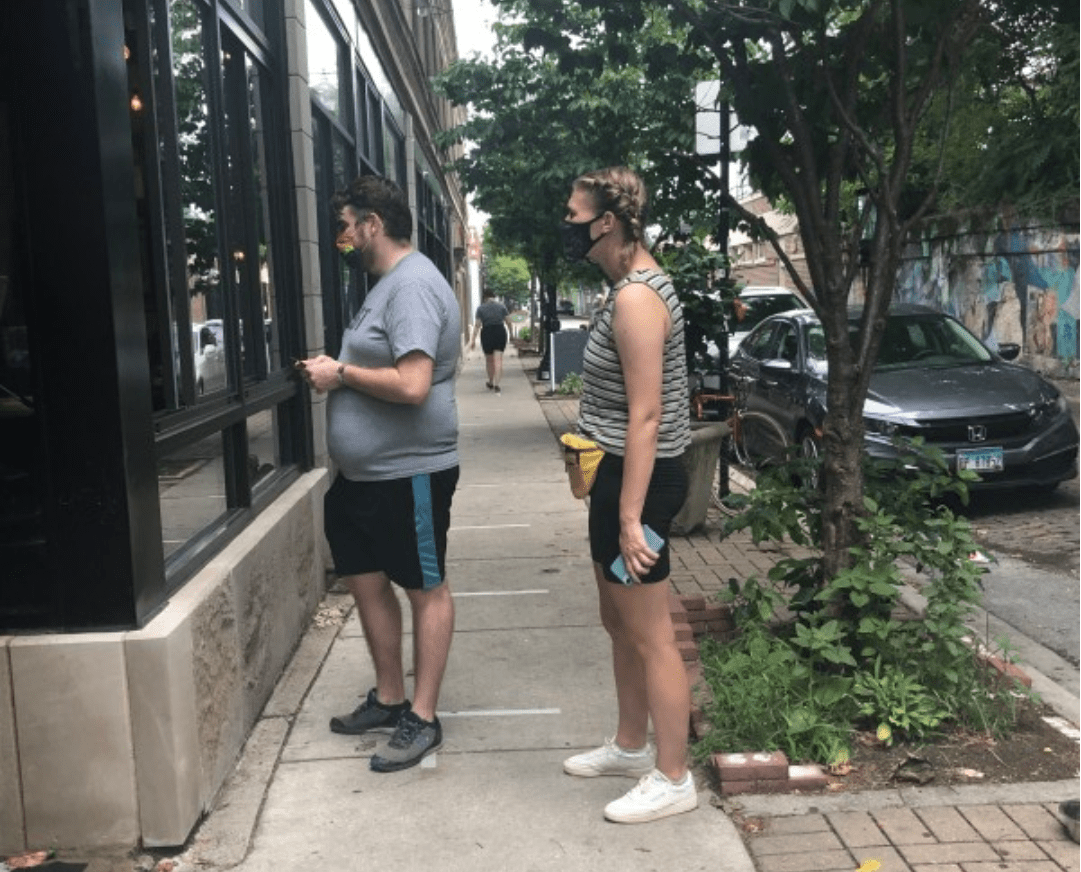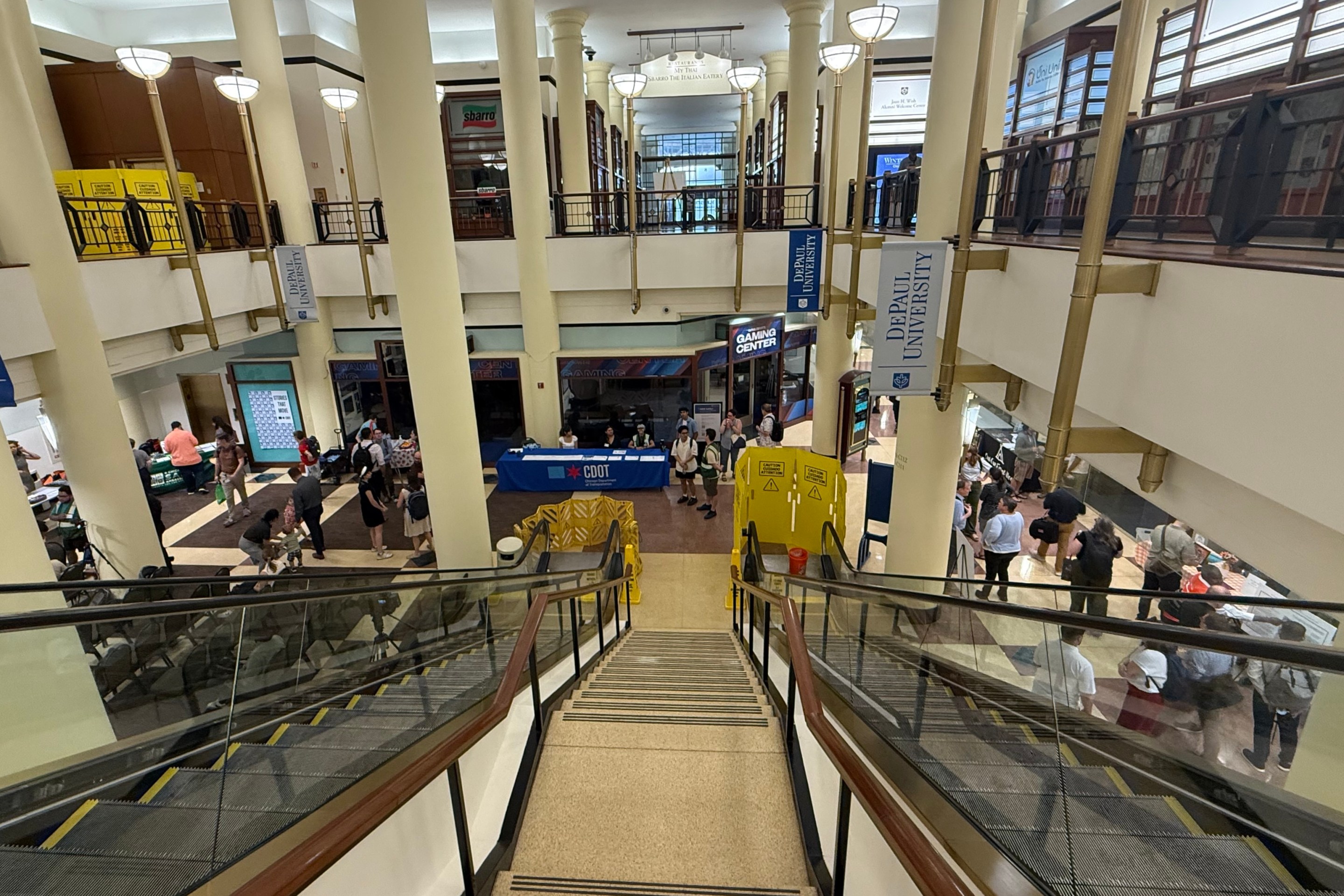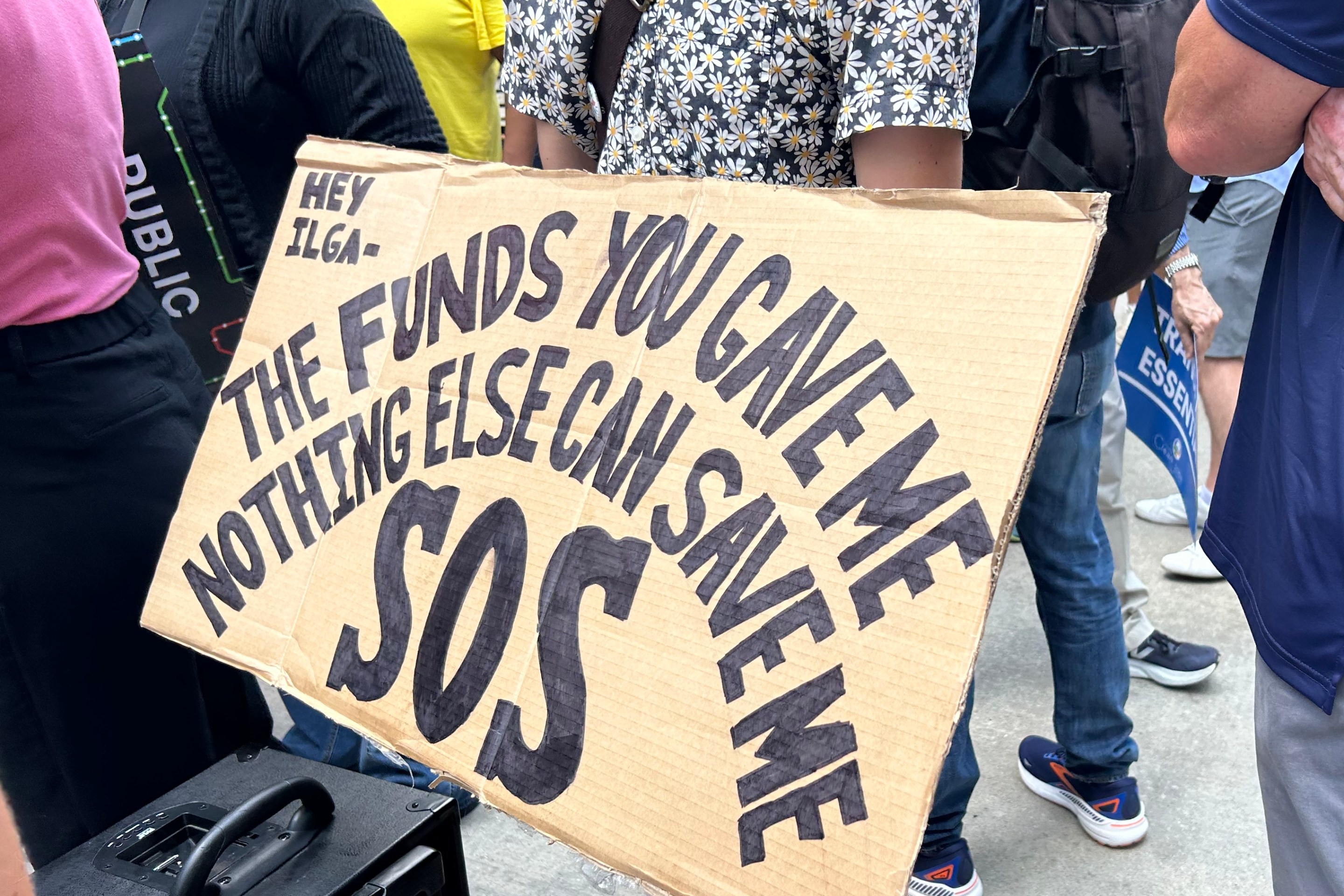Recent meetings with urban mobility advocates on the North Side stirred up a sentiment that getting around Chicago has some "stress and uncertainty".
Active Transportation Alliance recently met with North Side leaders such as folks from neighborhood orgs, bike shop employees, alderman and staff from ward offices, and two state reps from the following communities: Albany Park, Belmont Cragin, Edgewater, Hermosa, Lakeview, Logan Square, Lathrop Homes, Near West Side, Portage Park, Rogers Park, Six Corners, Ravenswood, and Uptown. Similar to previous reports, the North Side report was divided into Transit, Biking, Walking, and Intersecting Issues. According to ATA, “a dominant sentiment that emerged was a general sense of stress and uncertainty with regards to getting around.”
Transit
Many neighborhoods that were already underserved by transit were hard hit by the pandemic. In Belmont Cragin there is no CTA train access so residents must rely on slow and unreliable buses. Combined with slow speeds and unreliable bus arrivals and departures, residents had to contend with crowded buses. North Side residents closer to the lake praised transit service overall yet reported crowding on the Clark and Western bus routes. Due to unreliable bus service and fears around virus transmission while riding transit, some participants mentioned hearing that some people are considering buying cars.
I have advocated for bus-only lanes as a COVID response. Bus-only lanes allow for speedier service, improved reliability, and the ability to run more buses to relieve crowding. The CTA is encouraging riders to wear a mask when riding transit and practice social distancing while riding via display screens at CTA rail stations and signage on buses. However, the agency would do well invest some of the funding for hygiene theater into service improvements.
Similar to South Siders many of the North Side participants were grateful when CTA temporarily suspended fare collection on buses, when boarding was through the rear door. One participant astutely noted that Chicago spends $4 millions per day on police and perhaps we could choose to invest that money in providing free transit service.
I agree that some of the funding we spend on CPD could be spent on things that improve the lives of hundreds of thousands of Chicagoans. ATA recommends continuing free bus service for the duration of the pandemic, implementing free fares for youth and job seekers, and creating a Fair Fares program. In ATA's Fair Fares Report from 2019, the organization called for a number of ways to pay for this program such as a state subsidy, payroll tax, and dedicated city and county funding, to name a few. A Fair Fares program is a difficult political sell in the the current environment of lowered revenue due to COVID-19 but there is probably more need for fair fares given the economic impact it has had on individuals and families.
Walking
Many participants are concerned about crowded sidewalks, the lack of space for social distancing, and reckless driving which makes walking stressful. Some participants in Logan Square lamented the lack of sidewalk space due to sidewalk cafés utilizing most of the sidewalk. ATA suggested outreach to determine how accessibility needs can be met while also supporting local businesses, the gathering of local input to create shared streets, and the installation of traffic calming elements to reduce reckless driving.

While some aldermen such as Ald Carlos Ramirez-Rosa and Alderman Matt Martin have actively solicited community feedback for shared streets, the level of enthusiasm for soliciting feedback varies by ward. When I reached out to my ward office (49th ward) about the status of a shared street in my neighborhood I was told CDOT wants community feedback but they have not shared the threshold for support in order to implement it with the 49th ward. While understandable, when looking at the efforts of Alderman Ramirez-Rosa and Martin, it has been shown that alders can lead the way in achieving faster movement on a shared street within their ward. Ultimately my desire would be to see a transportation system that puts active and sustainable transportation first and doesn't leave these initiatives subject to the whims of individual alders.
I have explored some of these topics in previous Streetsblog articles: Increased Walking/Biking During Pandemic Highlights Need for Safer Street Infrastructure and Community Advocates of Color Discuss Slow Streets.
Biking
The North Side has seen an increase in the number of folks biking, whether it be for recreation or transportation. At the same time, many of the participants noted a lack of safe cycling infrastructure. The Lakefront Trail is an accessible amenity for many living in lakefront communities but its closure from March to June led to calls to aldermen requesting the trail be opened (since it still closes at 7 PM daily).
I’ve long believed that the high rate of cycling along the Lakefront Trail is really a symptom of the need for a city-wide network of barrier-protected bike lanes. ATA’s North Side report recommended the creation of protected bike lanes starting in neighborhoods with a high rate of crashes and less access to transit, such as Belmont Cragin. This recommendation makes total sense. I will add that in a time of high unemployment and climate change, the fact that bike infrastructure projects create more jobs than infrastructure for cars (46% more to be exact), it makes sense to follow the lead of other cities such as NYC, Paris and Toronto , which have massively invested in cycling and pedestrian infrastructure. We can concurrently build cycling infrastructure in high-crash corridors and in areas that don’t see high crashes. Other recommendations by ATA included an expansion of Divvy to more extensively cover the Northwest side and more multi-modal plans that connect various sustainable modes of travel. I was unable to find any inforation on an expected time frame for Divvy's Northwest side expansion but will update the article should I find anything.
Intersecting issues
Residents in neighborhoods with large immigrant communities (Albany Park, Uptown, Rogers Park, and Edgewater) voiced concerns for access to health services due to a lack of health insurance and high costs. Folks wanted to see opportunities to engage youth in productive ways considering the need for them to stay home and practice social distancing. Climate change and the need for a New Green deal were also mentioned. The state’s eviction moratorium is set to expire and some of the folks ATA spoke with are concerned about gentrification. Lastly, an astute respondent states, “We are not a broke city, we are the 8th richest city in the country. We have the resources but do we have the political will to prioritize the needs of most vulnerable? So far no.”





